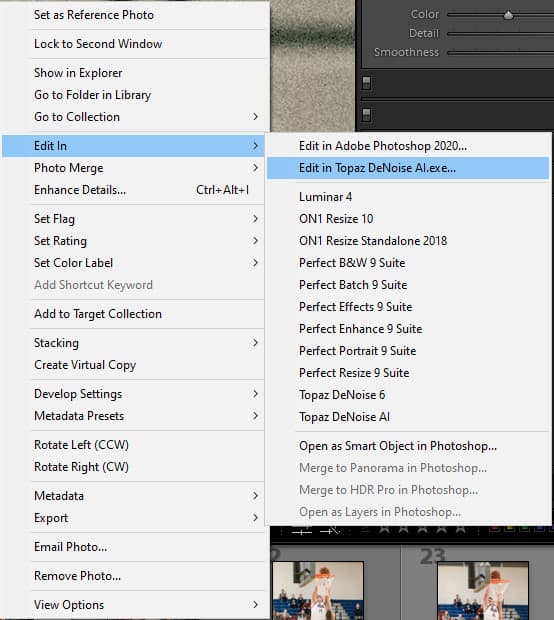

I do this after visually checking whether the photo would benefit from adjusting exposure compensation. When it's done I have a basis for reasonable confidence that I have done what I can do (without a lot of effort) to correct any blown highlights or lost shadows. Usually 5 or 10 works for me so it's not a long process. Keep increasing it until you come to the point of diminishing returns. These two features allow the user to specify a numerical correction, similar to what Oly would call gradation, while simultaneously viewing "Show Lost Highlights" or "Show Lost Shadows." Start with a low number, like 5, and see how many of the lost highlights (or shadows) go away.

I particularly was looking for the Olympus equivalent of the "Highlight Protection" and "Shadow Protection" found in Nikon's bundled (free) ViewNX software. I have used both Studio and Master, and there is much about Viewer that is familiar. The post quoted above seems like a pretty accurate summary. It downloaded and runs fine on my three year old Pentium 4 machine. I just spent about an hour playing with Viewer. You are pretty much locked into the same thing as in-camera JPEG output with the added ability to tweek all the in-camera parameters after the shot, but no real way to improve what the camera could have done on its' own unless you convert to TIFF and do something with the file in other software. Such as a tool to allow for the recovery of even slightly blown highlights from a RAW file. Viewer still does not do the same things Studio and Master never did,

Viewer does everything Studio does with the exception of tethered shooting and seems to be speeded up a little compared to Studio, but I am also using a faster, somewhat newer machine these days too. I think at some point Master did not allow batch processing and Viewer does have batch processing. It's been a while since I loaded any version of Master.


 0 kommentar(er)
0 kommentar(er)
